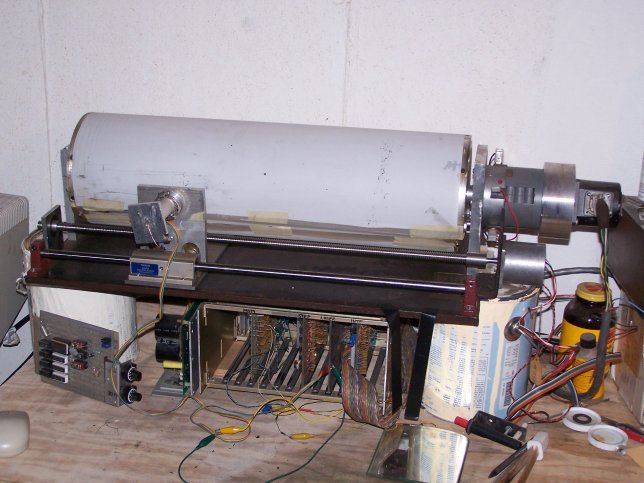
After using up all my Agfa film, I have just switched to Kodak PRD film, which is a lot more sensitive. I had to turn down the laser intensity to about half.
I just replaced the aging Windows 95 computer which had an ISA bus and a DMA card with a Beagle Bone Black. I used the Beagle's PRU processor to emulate the DMA function of the old system. Works great! The original computer was already a cast-off when I built the original photoplotter in 1996, it sure is well-past it's normal life cycle.